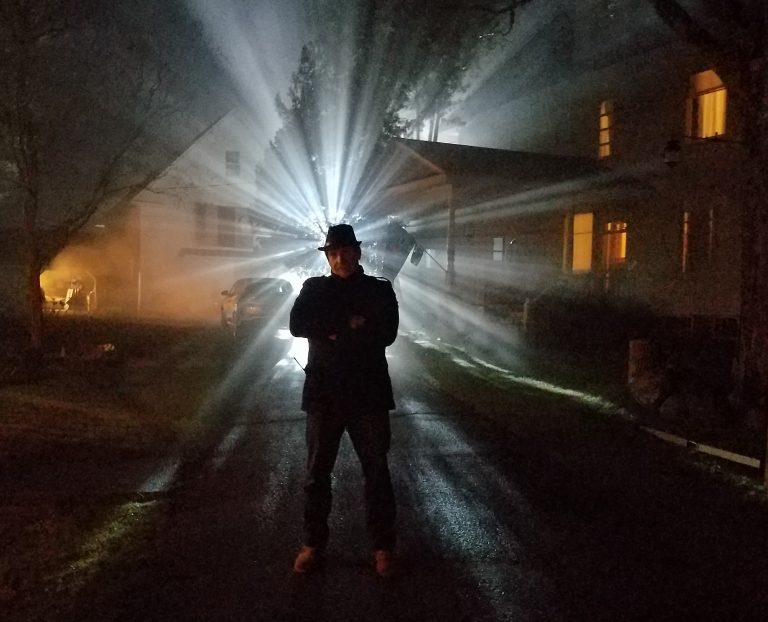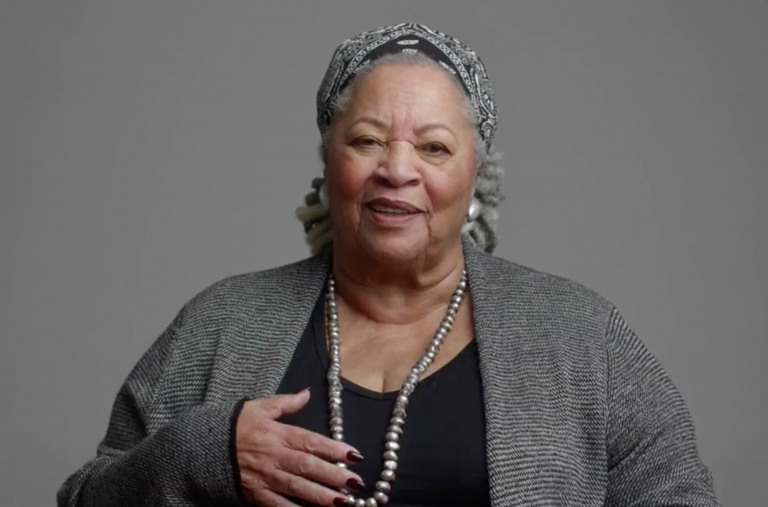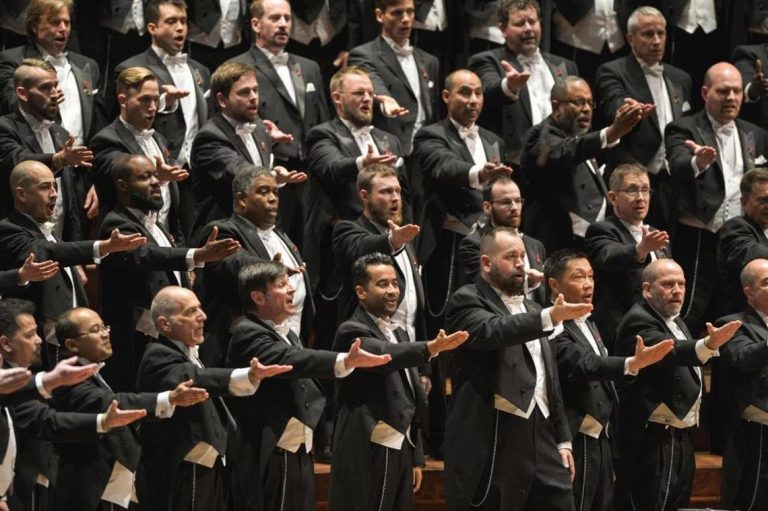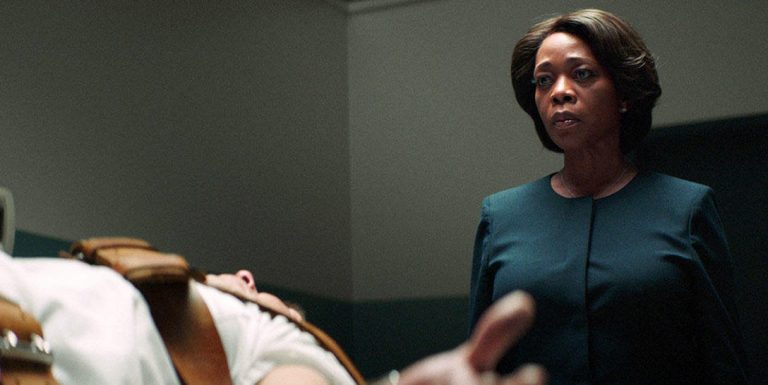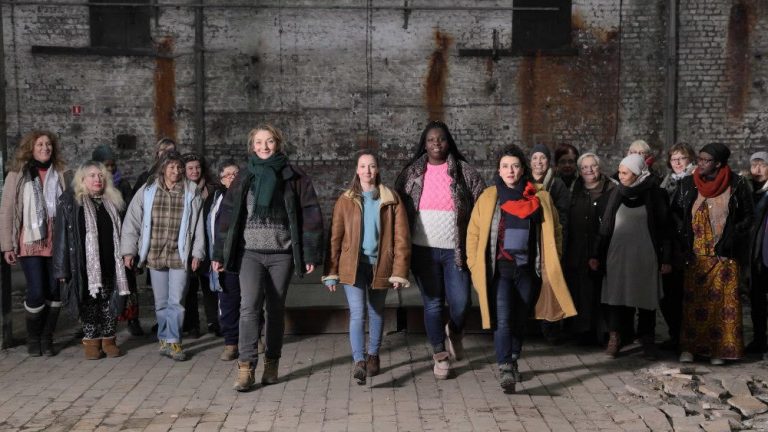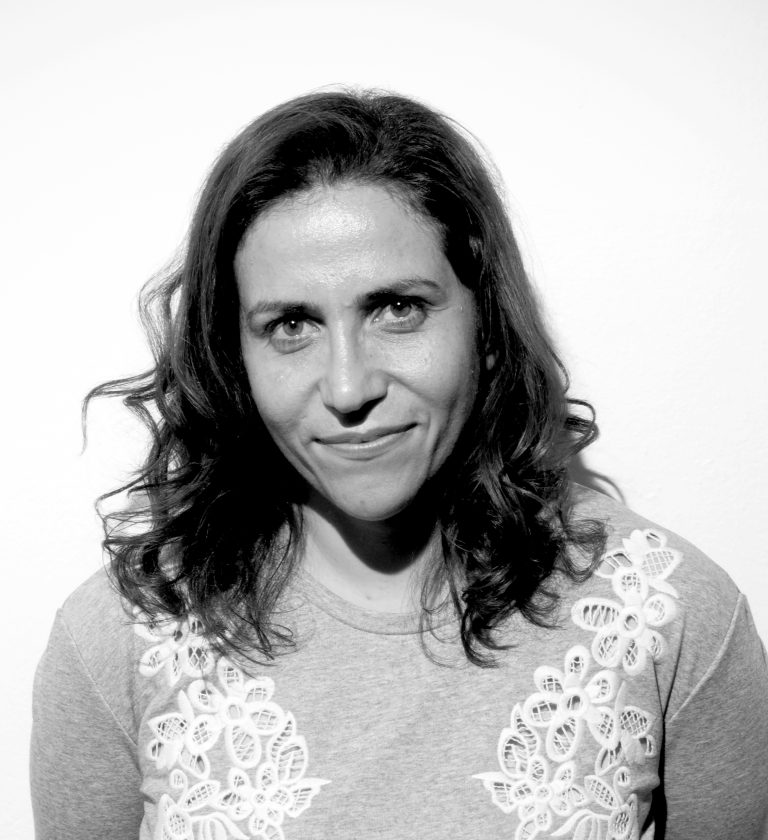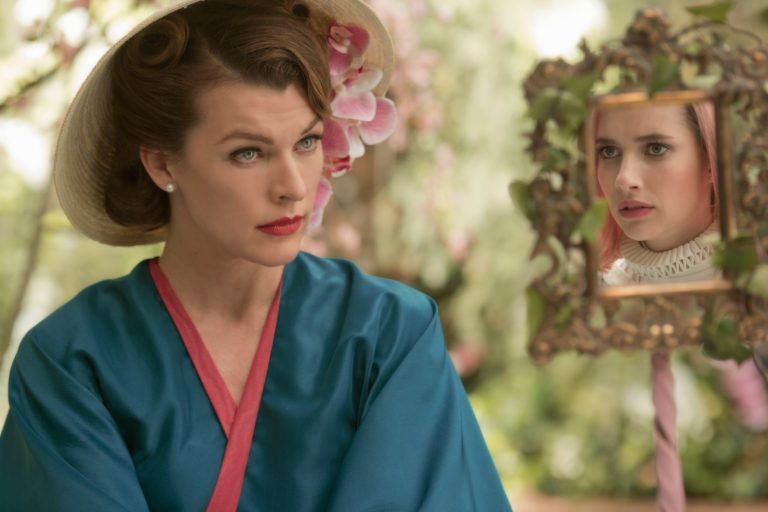Leave Your Hat On: An Interview with Producer Ed Polgardy
“What exactly does a producer do?” People outside the movie industry always want to know. So The Independent’s Rebecca Reynolds finds out from one the most prolific producers she knows: Ed Polgardy, the quintessential indie producer who has independently financed large and small films outside the studio system in a plethora of genres, all while wearing his signature black hat.

